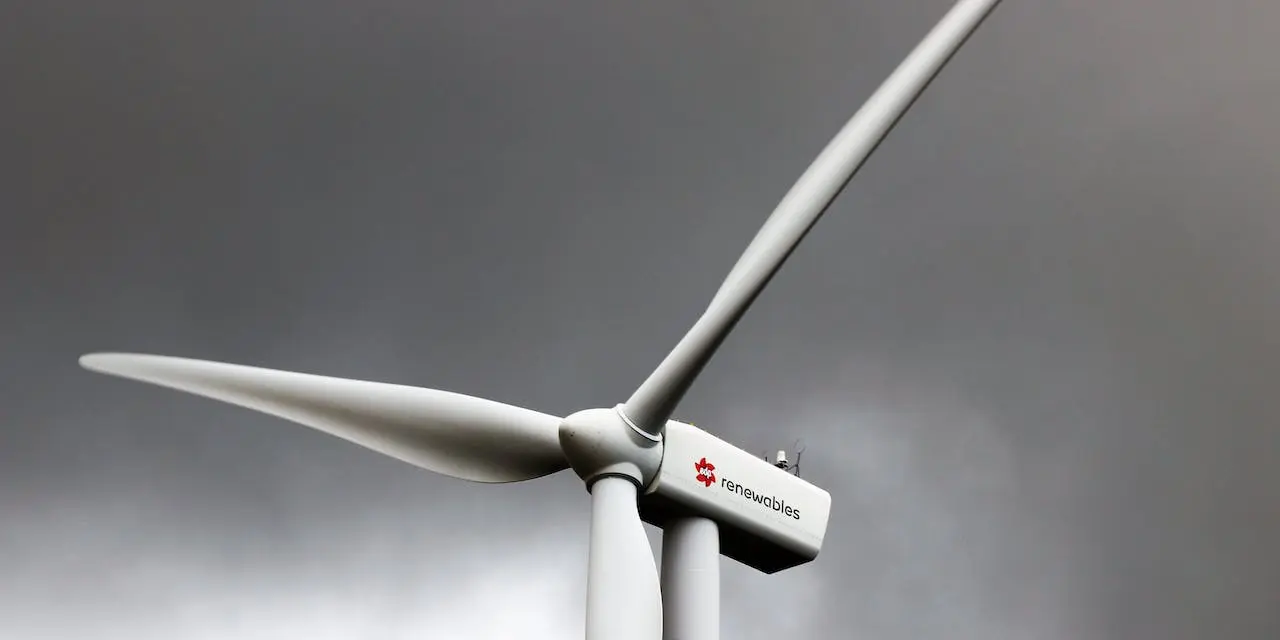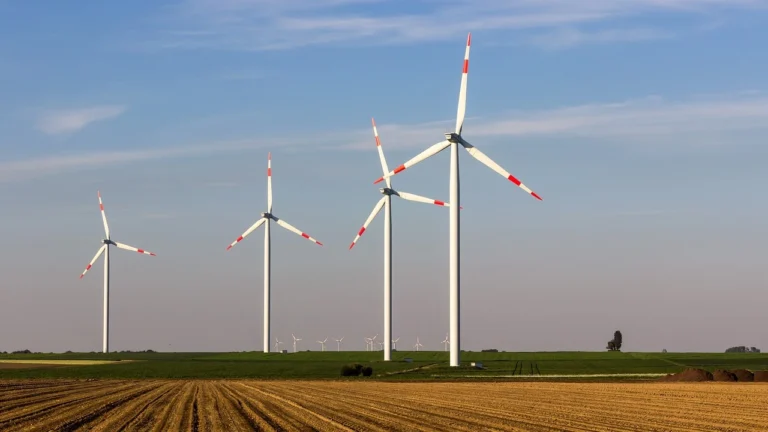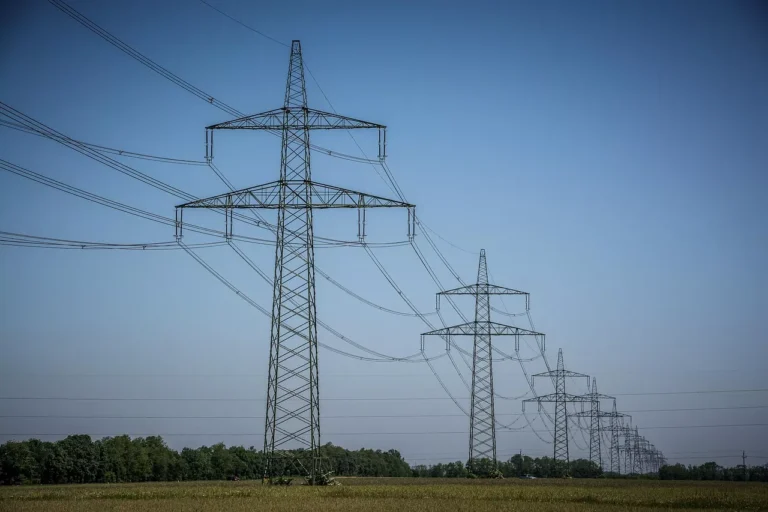
COP28 will be remembered as the summit that snatched a remarkable victory from the jaws of defeat. For the first time, the world has new agreed language on transitioning away from all fossil fuels, and more than 110 countries have agreed to triple renewable energy capacity by 2030.
The new commitments brokered by its president, Dr. Sultan al Jaber, were made possible by months of intense preparation and climate change diplomacy in the run-up to the summit, and constitute a pivotal moment in the fight against the climate crisis.
An obvious question I was asked several times at COP, and one that is top of mind for many people, is whether these ambitious goals are feasible, especially against a backdrop of macroeconomic uncertainties.
Given that delivering on the targets needs to start today, the question of feasibility is valid, bearing in mind the sheer scale of investment required to transition away from fossil fuels towards green energy. But I believe emphatically that in the next six years, the goals are achievable. COSTS AND BENEFITS ARE SHIFTING
In 2023 global investment in clean energy reached a record $1.75 trillion, according to the IEA, and this trend is expected to continue to be driven by the need for additional energy sources to support economic growth.
If you want to build new electricity capacity, renewables are better value than any other generation technology in terms of costs, security, risks, and environmental benefits. New versus new, it’s not even a close call.
By substituting aging and polluting fossil-based generation for renewables, many developed countries, such as those in the EU, are improving the balance of payments by reducing their vast energy imports.
The industry has already shown it can meet ambitious targets. When the EU launched the 20/20/20 initiative in 2010, few believed we could disrupt the status quo in a meaningful way to cut emissions by 20% and increase the amount of green energy in the system to current levels. We have proved that change is possible. THE CHALLENGE OF HIGH INTEREST RATES
Cost inflation has affected renewables, as it has all other industrial sectors. Some recent auctions for renewable energy projects–such as the recent AR5 auction in the U.K.–did not recognize this fact. In other instances, there were long lead times between auctions concluding and the time investments were made. This has created pain points, especially for companies that did not have the chance to hedge their costs.
However, policymakers are already responding, recognizing that renewables remain the best way to secure new electricity capacity and new auction designs and mechanisms are being put in place. The newly announced AR6 offshore wind turbine auction in the U.K. is a clear example. By setting a realistic maximum price, which allows for increases in supply chain costs and lending rates, companies will have the right incentive to bid and compete. This has been the basis for the massive cost reductions experienced in the renewables sector over decades.
Of course, delivering on the goals set at COP28 will not be easy, nor will it happen by inertia. But rather than macroeconomic issues or lack of ambition, progress rests on urgent action to address the barriers that have held us back in the past. This includes ensuring stable, positive frameworks for investments, simplifying permitting processes, implementing a truly “green” tax system, bolstering global supply chains to ensure they are robust and secure, investing in green skills to drive the energy transition forward, and promoting the consumption of green products.
The transformation may appear massive–but it is already underway. As we embark on a new year, fresh from a “COP for action” that has forged a global alliance for change, we are in the best position ever to deliver a real revolution in energy.
Source link:










